Personal injury letter of claim template
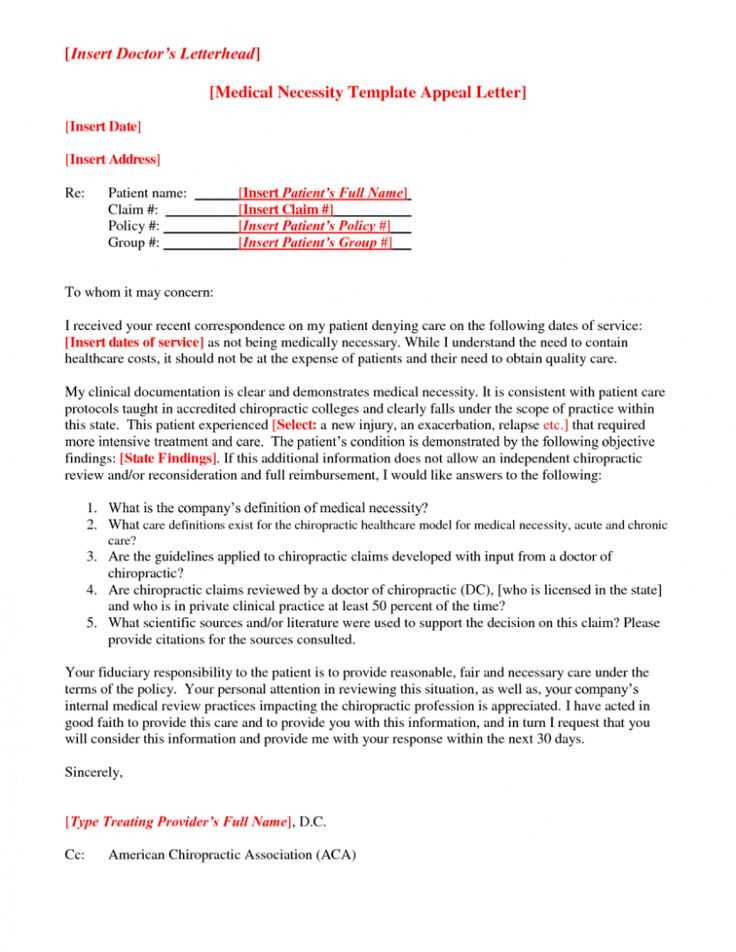
Key Details to Include
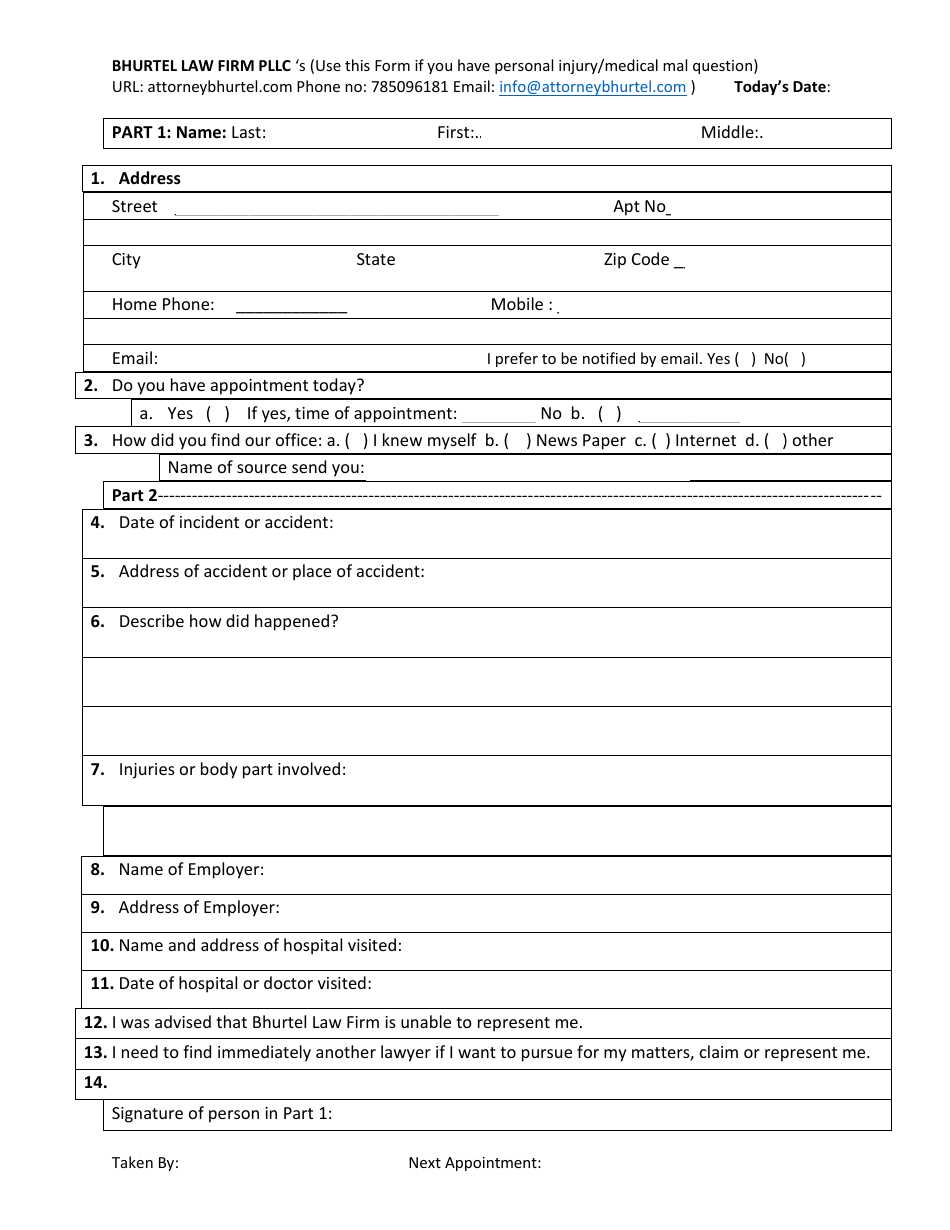
Write your letter clearly and with all necessary details. Start by addressing the party you are claiming against, making sure to include their name, company (if applicable), and their address. Clearly state the date of the accident and where it occurred. Provide specific details about the incident, including the type of injury sustained and how the injury occurred. Be sure to include your personal details–name, address, and any reference number relevant to your claim.
Incident and Injury Description
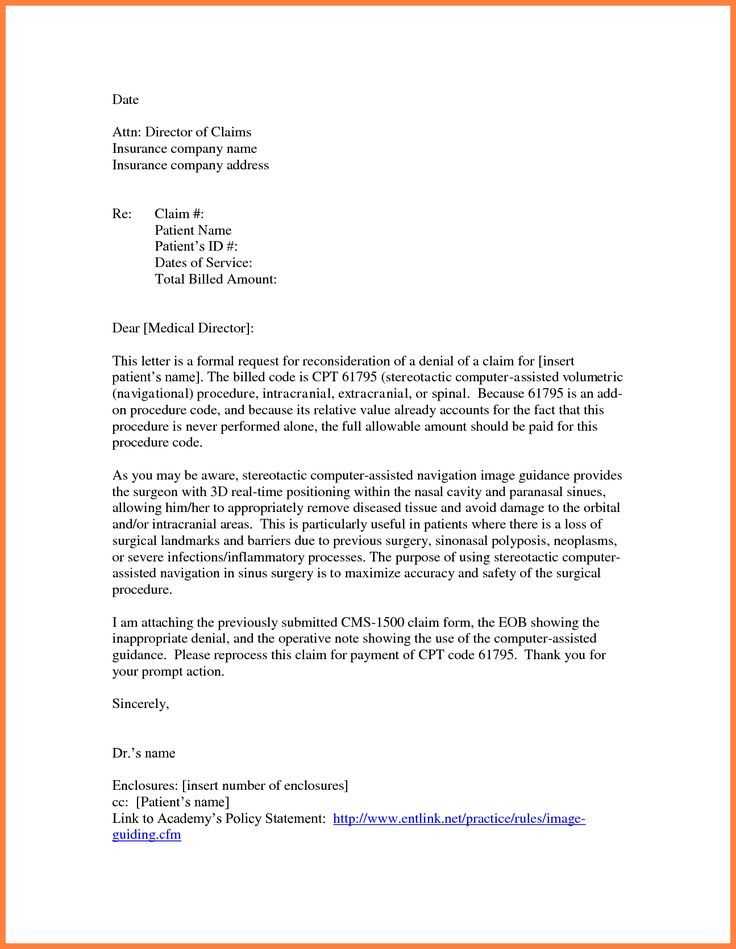
Describe the events surrounding the injury in chronological order. Be precise about what happened, where, and how the injury occurred. If any witnesses were present, include their names and contact details. Include medical details as well, such as the diagnosis, treatment received, and ongoing care required. Providing supporting medical records and reports strengthens your claim.
Liability and Responsibility
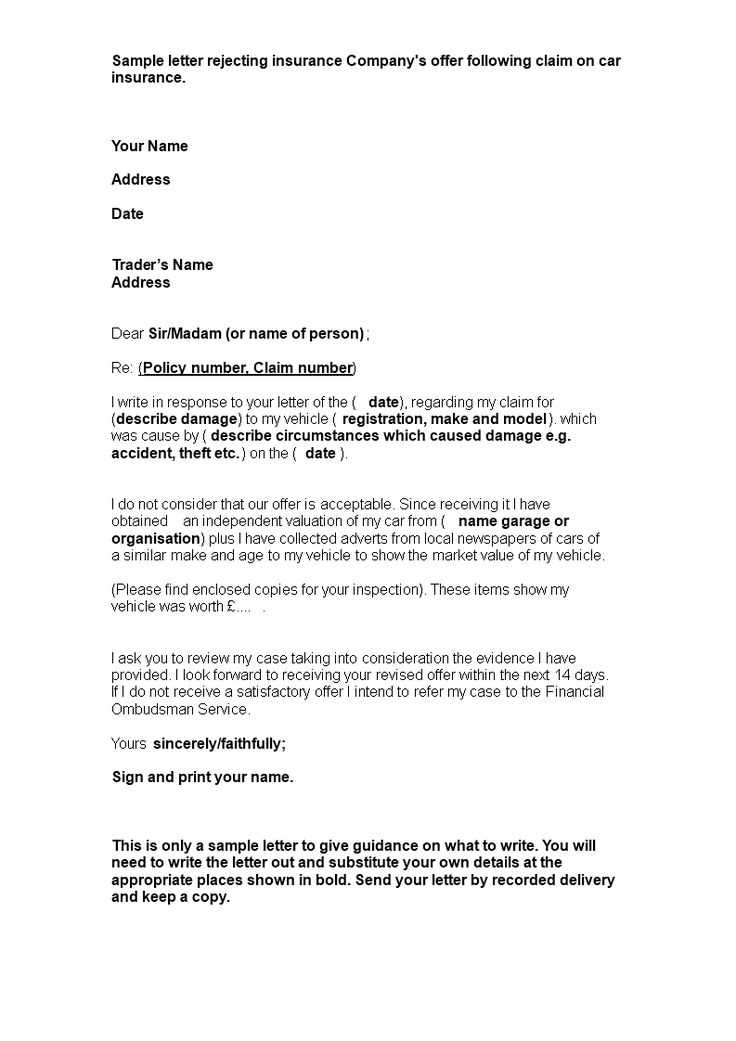
Clearly outline who is at fault and why. Mention any negligence or failure to meet safety standards that led to your injury. If applicable, refer to any laws or regulations that were violated. Presenting clear evidence of fault can aid in processing your claim more smoothly.
Claim for Compensation
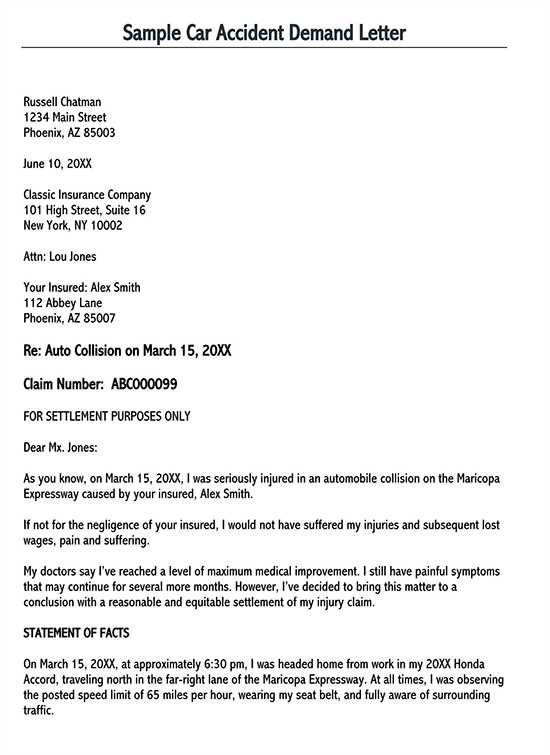
Specify the amount you are claiming. Include details of the damages incurred, such as medical expenses, lost wages, and any other financial impacts resulting from the injury. Be sure to also mention non-financial damages, such as pain and suffering. If you have an idea of the compensation you expect, state it clearly but be open to negotiation.
Request for Action
Conclude the letter by requesting a prompt response, indicating that you expect a formal reply within a reasonable timeframe. If necessary, mention that you are prepared to take legal action if the claim is not resolved within the given time.
Final Considerations
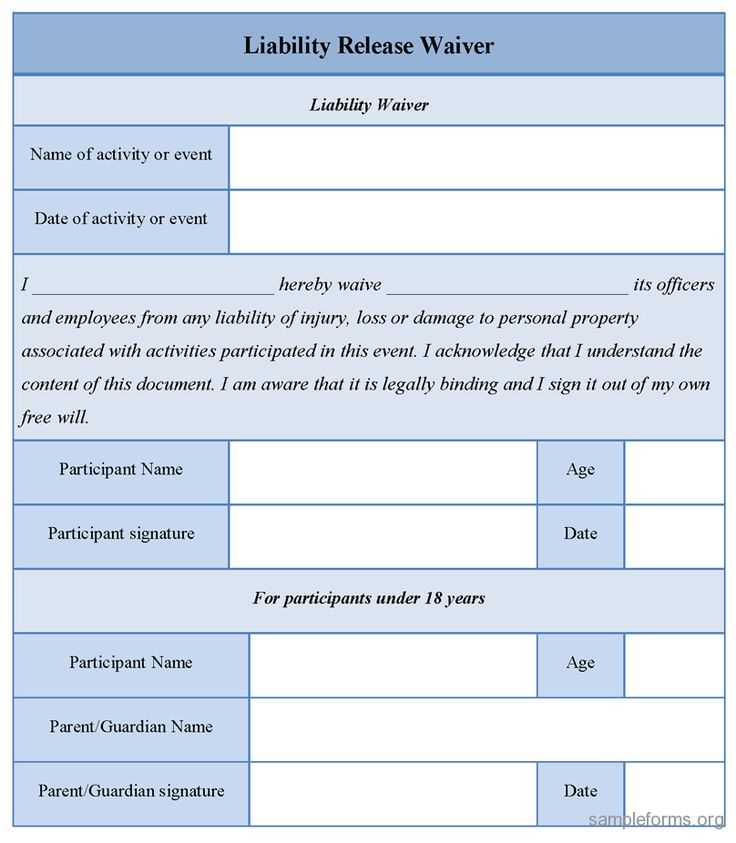
Always keep a copy of your letter for reference. Sending the letter by recorded delivery ensures you have proof of receipt. It’s wise to consult a legal expert before sending the letter to ensure your claim is properly worded and has the best chance of success.
Personal Injury Letter of Claim Template
How to Structure the Opening Paragraph in a Personal Injury Claim Letter
Key Information to Include About the Incident and Responsibility
Describing Injuries and Medical Care in Detail
How to Present Financial Losses and Extra Expenses
Addressing Settlement Proposal and Negotiation in the Letter
What to Do After Sending the Claim Letter for Personal Injury
Start with a clear statement of the incident. Include the exact date, location, and circumstances surrounding the event. If applicable, identify the party responsible for the injury, whether it’s an individual, a business, or a government entity. Make sure this section is concise and focused on the incident itself, avoiding unnecessary details.
Key Information to Include About the Incident and Responsibility
Briefly explain how the incident occurred and why the responsible party is at fault. State any actions or negligence that contributed to the injury. If you have supporting evidence (witnesses, photographs, reports), mention it here, as it helps strengthen your claim.
Describing Injuries and Medical Care in Detail
Provide a clear description of the injuries sustained. Include medical diagnoses, treatments received, and ongoing care, such as physical therapy or specialist consultations. Mention how these injuries have impacted your daily life and any long-term effects. If applicable, include statements from medical professionals supporting your claims.
In this section, be specific about the financial losses you’ve incurred due to the injury. List expenses like medical bills, lost wages, transportation costs, and other out-of-pocket expenses directly related to the injury. Provide supporting documents or receipts when possible to substantiate your claims.
Next, clearly state your settlement expectations. Indicate whether you are open to negotiating the amount or if you have a fixed sum in mind. Be direct but reasonable, considering both the tangible and intangible losses suffered. If you believe a settlement is in the best interest of both parties, mention this as well.
After sending the claim letter, monitor any responses from the responsible party or their insurer. If you do not receive a timely response, consider following up to ensure your claim is being processed. Keep a record of all correspondence and remain open to negotiation to reach a fair resolution.